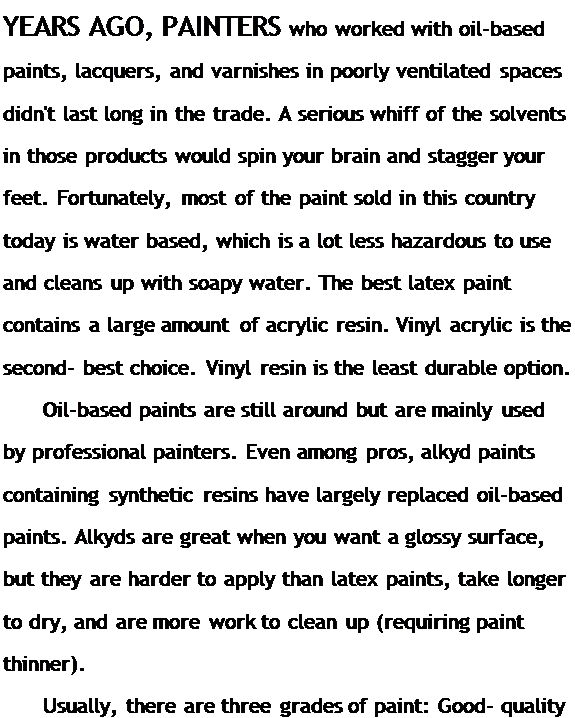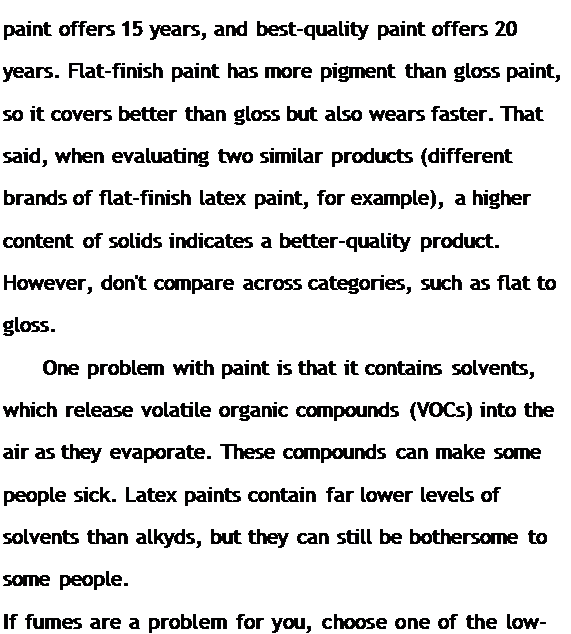Paint prep is the key to a good paint job
Professional painters know from experience that the biggest part of a paint job is the preparation. You don’t just grab a bucket of paint and a roller and have at it. Take time to remove doors from their jambs before you start painting the walls and ceilings. Number or label the doors so you’ll know later where each one belongs.
Some drywall jobs create lots of dust that must be removed before you can paint. I use a vacuum cleaner to remove dust from the walls and ceilings, but a broom or a pole sander wrapped with a cotton cloth also works well. Take it easy, because topping compound is relatively soft and easily scratched. Pay special attention to dust in the corners. Remove any drywall mud or dust left in electrical outlets, and scrape up any globs of drywall compound that have dried on the floor. Drywall mud left on the floor can work its way up through a carpet. Then vacuum up all the dust. Cover the tub or shower with a protective sheet of inexpensive 1-mil plastic, often called painters poly, affixed with masking tape.
Apply the prime and finish coats
My advice for buying paint and brushes is the same as for buying any other tools and materials: Talk to contractors and knowledgeable folks working behind the counter where you buy your supplies. Then buy the best you can
![]()
 |
 |
afford. A knowledgeable paint supplier will help you choose primer and finish paints that are compatible; you’ll also get advice on the I best brushes and rollers to use with your paint. For some basic background informa – I tion, see the sidebar above. A well-built house deserves a quality paint job. Spending more money on high-quality paint can actually save you money down the road, because 1 good paint covers better and holds up well over time.
When using several gallons of a single I color, mix them together in a 5-gal. bucket to j I ensure uniformity. Keep the pigment mixed by stirring well before painting and through – ■ out the day.






Leave a reply